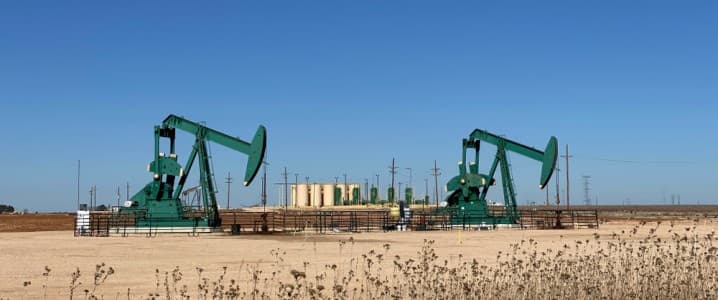Chevron has effectively reached its long-term production goal of 1 million barrels of oil equivalent per day (boe/d) in the Permian Basin—and from here, it’s shifting gears. According to Bruce Niemeyer, president of Chevron’s shale business, the company now plans to hold production steady through 2040 while cutting rigs and frack crews—locking in $5 billion in annual free cash flow by 2027.
That number isn’t just aspirational. Chevron has already reduced its rig count from 13 to 9 and cut frack crews from 4 to 3 this year, actions expected to deliver a $2 billion cash flow boost over 2025–2026, assuming Brent crude averages $60 per barrel. The Permian has fueled years of rapid growth for Chevron, but with production now topping 1 million boe/d, the company is deliberately tapping the brakes
This marks a strategic transition: what was once a high-growth shale operation is now a consistently funded cash cow—perfectly aligned with rising shareholder demands and a Trump-era push for domestic output.
Why it matters:
Shale slowdown becomes a national headline. With the Permian responsible for over half of U.S. tight-oil growth, Chevron’s plateau signals broader flattening.Capital priorities are shifting. Chevron has trimmed upstream budgets, focusing more on dividends and buybacks.Its mineral rights edge is enormous. About 15% of its Permian output comes from land it owns outright, requiring no royalty payouts.Market-wide, rig counts are sliding. U.S. activity has declined for 11 straight weeks, reinforcing a pullback narrative across the sector.
Chevron’s shift to capital discipline could redefine how U.S. shale is valued going forward. The current administration should take note: oil majors are playing the long game, and that game is now about returns, not just volume.
By Julianne Geiger for Oilprice.com
More Top Reads From Oilprice.com:

